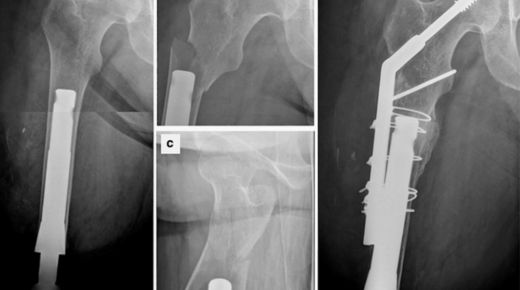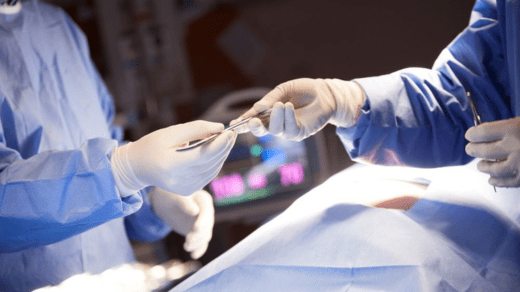Prosthetic development has come a long way. Today, diagnostic imaging plays a vital role in this field. Tools like MRI, CT scans, and the DEXA scan colorado are transforming how we design and fit prosthetics. These imaging techniques help in mapping the body’s structures. They ensure more accurate and comfortable prosthetic solutions. With this advancement, we see better outcomes and improved quality of life for individuals using prosthetics.
How Diagnostic Imaging Helps
Diagnostic imaging provides a detailed map of the body’s internal structures. This map is crucial for designing prosthetics that fit well and function effectively. Without it, creating a custom prosthetic would rely on less precise methods, leading to discomfort or limited function.
Types of Imaging Used in Prosthetics
Several types of imaging are commonly used in prosthetic development:
- MRI: Magnetic Resonance Imaging gives a detailed picture of soft tissues. It’s useful for understanding muscle and tendon placement.
- CT Scans: Computed Tomography scans provide detailed images of bone structures. They help in designing prosthetics that require precise bone alignment.
- DEXA Scans: Dual-energy X-ray absorptiometry scans assess bone density. This is important for weight-bearing prosthetics.
Comparison of Imaging Techniques
| Imaging Technique | Best For | Benefits |
| MRI | Soft tissues | Non-invasive, no radiation |
| CT Scan | Bone structures | Detailed bone images, quick |
| DEXA Scan | Bone density | Low radiation, precise density measurement |
Benefits of Improved Imaging in Prosthetics
With advanced imaging, prosthetics can be crafted with greater precision. This precision leads to several benefits:
- Improved Fit: Prosthetics that match the body’s contours reduce discomfort.
- Enhanced Functionality: Better alignment with the body’s natural structure increases mobility.
- Greater Durability: Custom-fit prosthetics endure daily wear better because they distribute pressure more evenly.
Real-world Applications
One example of imaging in action is the use of CT scans to create 3D models of residual limbs. This allows manufacturers to design sockets that fit snugly and comfortably. According to NIH research, this method has shown significant improvements in prosthetic comfort.
Challenges and Future Directions
Despite these benefits, there are still challenges. Accessibility to advanced imaging remains limited in some areas. Cost can be a barrier, though prices are gradually becoming more reasonable. Looking ahead, integrating AI with imaging techniques promises even greater breakthroughs. AI can analyze imaging data faster and more accurately, potentially leading to even more personalized prosthetic solutions.
Conclusion
Diagnostic imaging is a cornerstone of modern prosthetic development. As technology advances, these imaging techniques will continue to enhance the design and functionality of prosthetics. This progress offers hope for improved quality of life for many. As we move forward, it’s important to ensure these technologies remain accessible and affordable. The future holds promise for even more innovative solutions. For further reading, the FDA provides insights into how 3D printing is revolutionizing this field.




